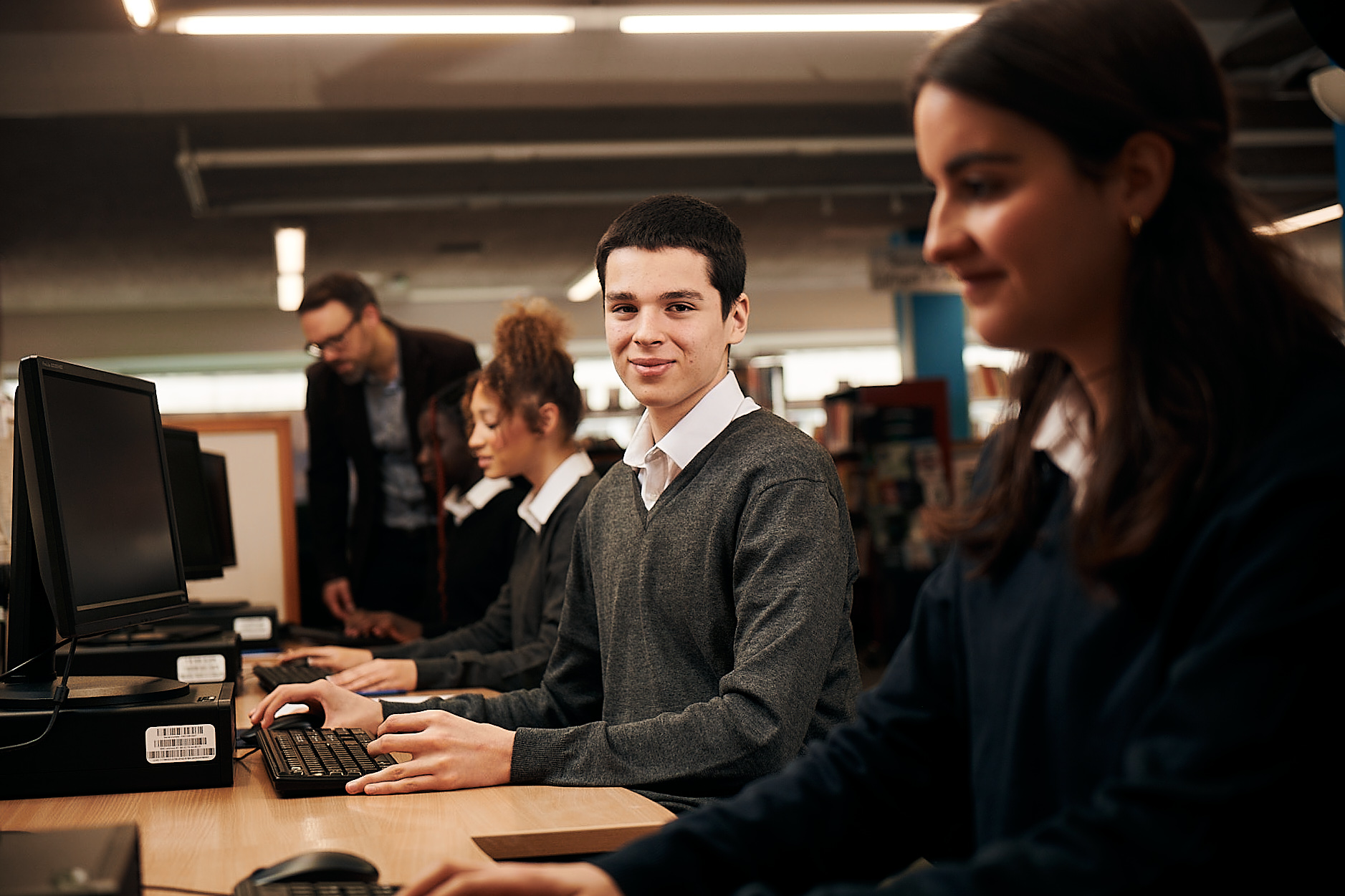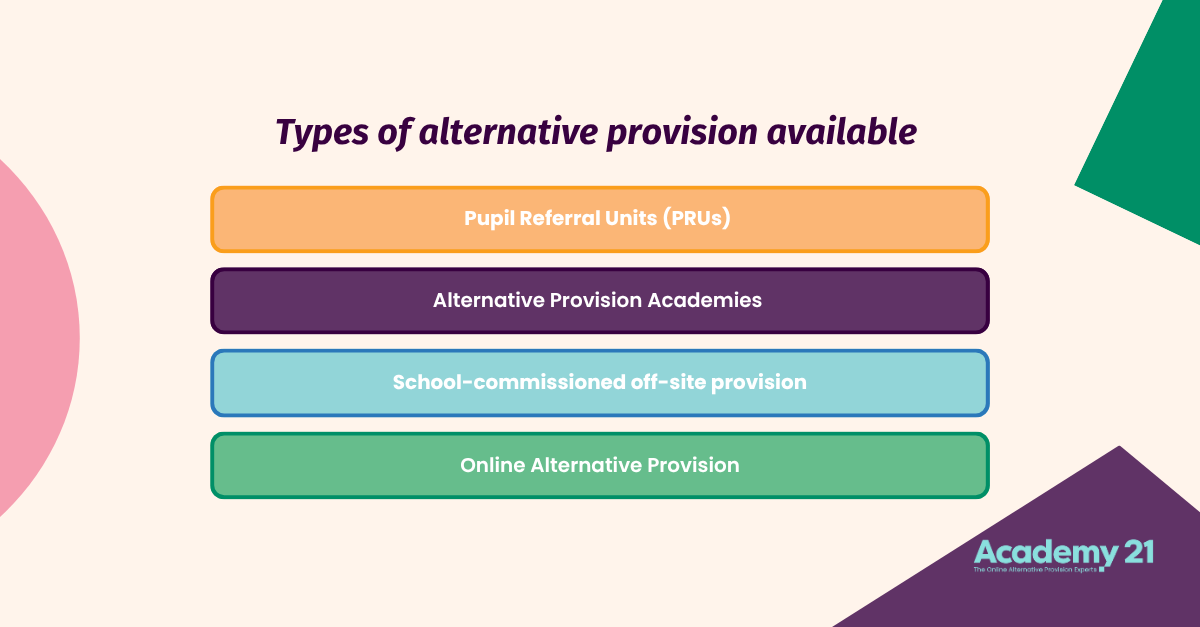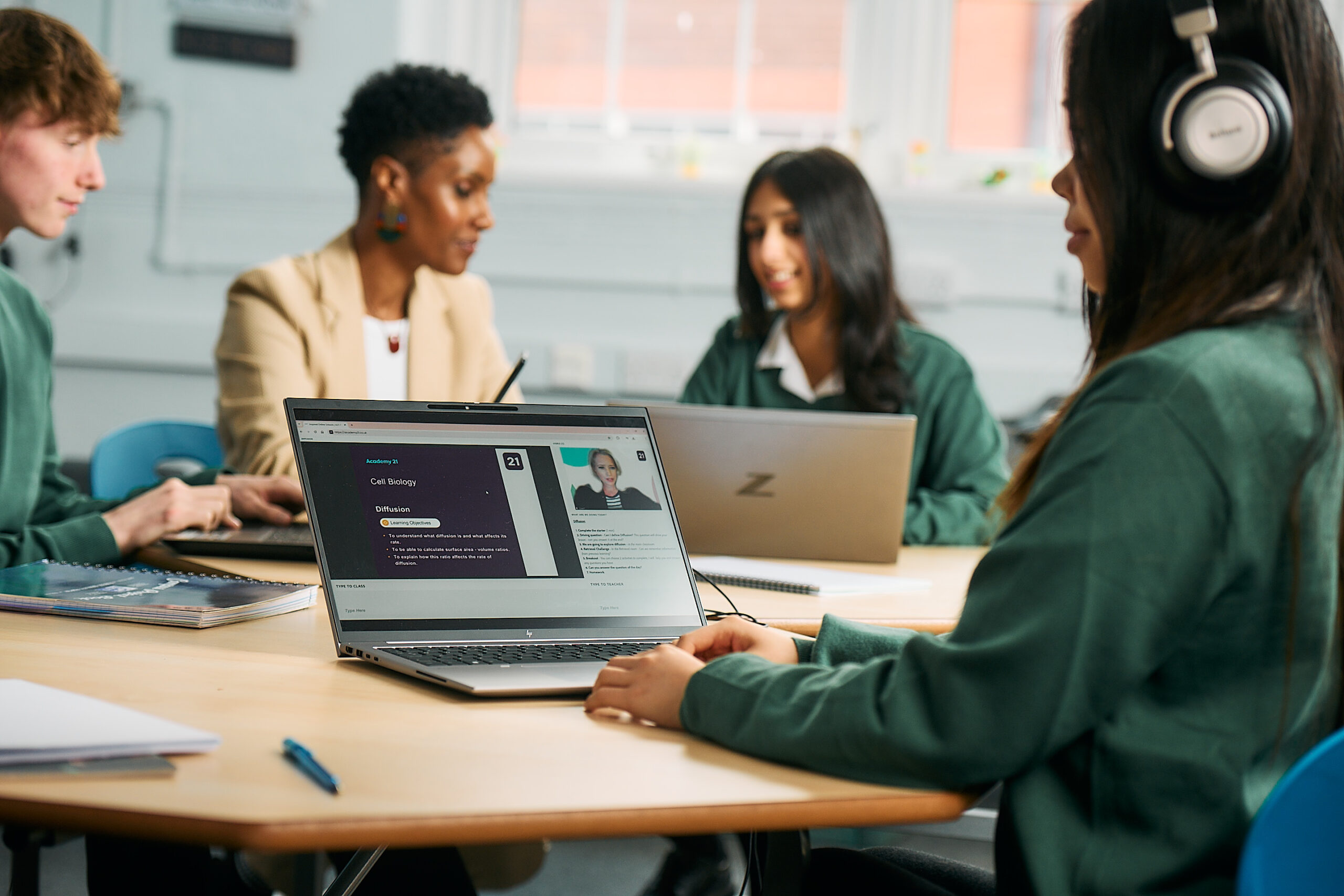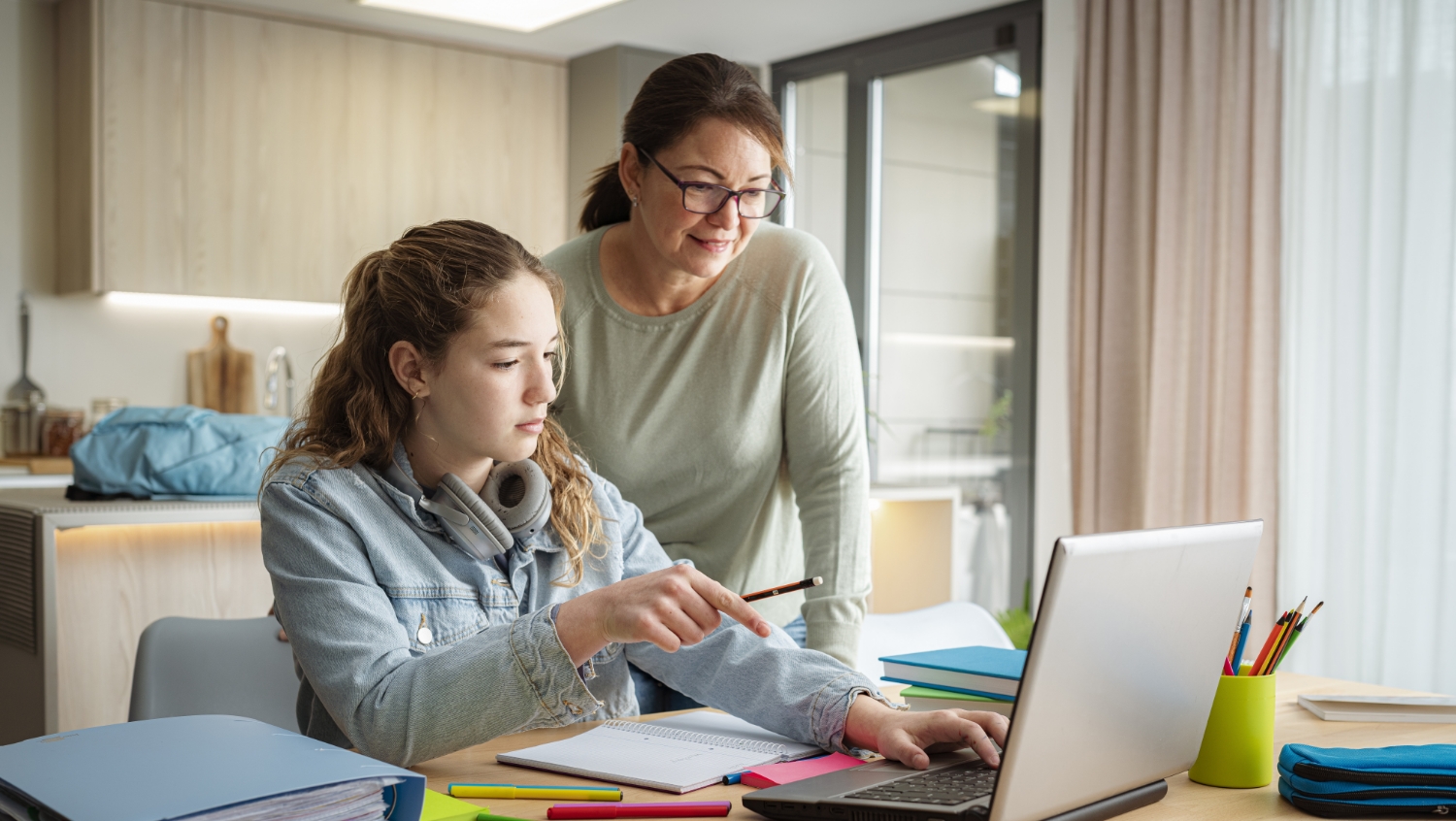What is alternative education? A guide for schools and parents

Every child deserves an education that helps them thrive – but for some, the traditional classroom isn’t the right fit. When illness, anxiety, behavioural challenges, or other personal circumstances interrupt a student’s schooling, alternative education provides a pathway to continue learning in a way that works for them.
For schools, trusts, and local authorities, alternative education (or “alternative provision”) ensures that every learner has access to suitable, high-quality education – whatever their circumstances. For parents, it can be a lifeline: a chance to restore confidence, re-ignite motivation, and keep a child’s future firmly on track.
But what exactly counts as alternative education, when should it be considered, and what does effective provision look like? Let’s explore.
What is alternative education?
In the UK, the Department for Education defines alternative provision as education arranged for pupils who, “because of exclusion, illness, or other reasons, would not otherwise receive suitable education.” In short, it’s the route that ensures every child continues to learn even when the mainstream model can’t meet their needs.
For some students, that might mean smaller class sizes and more tailored support. For others, it’s the flexibility to learn remotely while managing medical treatment, anxiety, or a complex home situation. The form it takes can vary widely, from in-person specialist settings to part-time placements and online learning, but the goal is the same: keeping students engaged, progressing, and connected to their education.
At Academy21, we work with schools and local authorities across the UK to make this possible. Our DfE-quality-assured online provision allows students to continue learning in a structured, supportive environment, while their schools retain oversight and accountability. It’s not an alternative to school – it’s an alternative within education, helping every learner stay on track in a way that suits their needs.
When might students need alternative education?
There’s no single pathway into alternative education. Often, it begins with a recognition that the current model simply isn’t working, despite interventions and support.
Some of the most common scenarios include:
- A student at risk of, or following, exclusion.
- Long-term illness or mental health challenges preventing regular attendance.
- School non-attendance linked to anxiety or trauma.
- Bullying or e-bullying in mainstream settings
- SEND (special educational needs or disabilities) requiring more individualised support.
- A need for a different environment to re-engage with learning or rebuild confidence.

Early identification and early intervention are key. Recent research from Ofsted shows that while alternative provision is intended to help re-engage learners, many placements occur after significant disruption or exclusion, rather than as an early, preventive intervention. Similarly, the Children’s Commissioner for England highlights that many young people arrive in alternative provision with very little time for catch-up, which can affect long-term outcomes.
Acting sooner, sometimes as early as primary school, and in partnership with families and local services, can make a meaningful difference to student outcomes. It prevents disengagement from taking root and supports smoother transitions into secondary education and beyond.
For schools and parents, recognising when alternative education may be appropriate is not a sign of failure, but an act of inclusion and care. It ensures that each learner, whatever their age, has access to the right environment, resources, and support to thrive.
Types of alternative education available
Alternative education in the UK exists across a spectrum, from local authority provision to innovative digital learning environments. Each serves a specific need, and many schools use a combination to tailor support.
Pupil Referral Units (PRUs) and Alternative Provision Academies often serve students who’ve been excluded or have significant social, emotional, or mental health (SEMH) needs. These are usually full-time, physical settings designed to stabilise behaviour and rebuild learning confidence.
Meanwhile, school-commissioned off-site provision may offer part-time placements such as vocational training, therapeutic programmes, or forest-school activities, enriching a student’s timetable while maintaining mainstream links.
Then there’s online alternative provision, a fast-growing and highly flexible model. For students whose attendance is affected by medical conditions or anxiety, or for those living in areas where suitable in-person provision is limited, virtual learning can provide continuity and consistency, allowing them to continue their education without disruption.
Academy21’s accredited online provision allows schools to offer a full curriculum, live-taught, adaptive lessons, and robust pastoral support, all within a controlled, monitored environment.
Ultimately, the “right” type of alternative education depends on the student’s profile, needs, and long-term goals. What unites all effective provision is a commitment to quality, accountability, and reintegration.

Benefits of alternative education for students
Alternative education can be life-changing, and the impact on students and their families is clear. Academy21 students often describe feeling understood, supported, and motivated in ways they hadn’t experienced in traditional settings. In environments that adapt to their needs, they rediscover the joy of learning and regain confidence to pursue both academic and personal goals.
Research consistently shows that high-quality alternative provision can improve outcomes beyond academics, including wellbeing, attendance, and post-16 destinations. Key benefits include:
- Personalised learning: Smaller class sizes and flexible pacing allow lessons to align with each student’s ability, confidence, and learning needs.
- Holistic support: Many programmes incorporate mentoring, therapy, and wellbeing activities, helping learners manage underlying challenges and develop resilience.
- Academic continuity: Students continue to work towards GCSEs, A Levels, or vocational qualifications, keeping future pathways open.
- Re-engagement: Alternative settings can restore self-belief, particularly for those who have faced repeated setbacks or disengagement.
- Positive progression: Clear planning for reintegration or transition, whether back into mainstream school, to college, or into work, ensures that each placement builds toward the student’s next steps.
How parents can ask for help
If you’re a parent or carer concerned that your child’s current education isn’t working, you don’t have to face that alone. Start by speaking with your child’s school. Ask to meet with the Head of Year, SENCo, or pastoral lead to discuss what support is already in place, and whether alternative provision could help. Schools have a duty to provide suitable education, even if that means commissioning external support.
During your conversation, consider asking:
- What are the alternative options available through the school or local authority?
- How would they support my child academically and emotionally?
- Would my child remain on roll at their current school?
- How often would progress and wellbeing be reviewed?
If your child cannot attend school for medical reasons, your local authority also has statutory responsibilities to arrange suitable education, often through its inclusion or access to education team. Local “SEND Local Offer” pages outline the process in your area. Parents can and should expect transparency, communication, and quality assurance at every step. The goal is not to remove a student from learning, but to find the right environment for them to succeed.
More information for parents

How schools and local authorities can secure alternative education
For schools and local authorities, commissioning alternative education is a careful balance of need, quality, and accountability. The process typically begins with identification: analysing attendance data, wellbeing indicators, and academic progress to flag students at risk of disengagement. Once an alternative route is agreed upon, schools either arrange provision directly or collaborate with the local authority to identify a suitable, accredited provider.
Contracts and service-level agreements then outline responsibilities for safeguarding, reporting, and monitoring progress. Regular reviews ensure that placements remain appropriate, effective, and goal-oriented.
Increasingly, schools are turning to online alternative provision to complement internal support. For example, Academy21 partners with schools and trusts across England and Wales to deliver flexible timetables and live lessons that fit around each learner’s circumstances and existing school schedules, without removing them from their school community.
This partnership helps schools maintain oversight while ensuring every student receives a full, high-quality education. It also supports budget efficiency and inclusivity, helping meet the DfE’s expectations for suitable education for all.
Working together for the best outcome
Whether you’re a parent exploring alternative education for your child for the first time, or a school leader seeking to put the right support in place, the key is collaboration. At each step, from assessing needs to choosing a provider, from monitoring progress to planning the next move, parents, schools and providers need to engage as partners. We encourage you to ask questions, stay informed, and remain connected to your child’s journey. With clear expectations, regular review and a focus on progression, alternative education can be a strong and successful route for learners who need something different. At Academy21 we’re committed to working alongside families and schools to deliver quality, supported alternative provision tailored to each student’s needs. If you’d like to explore how this could work in your context, we’re here to help.



